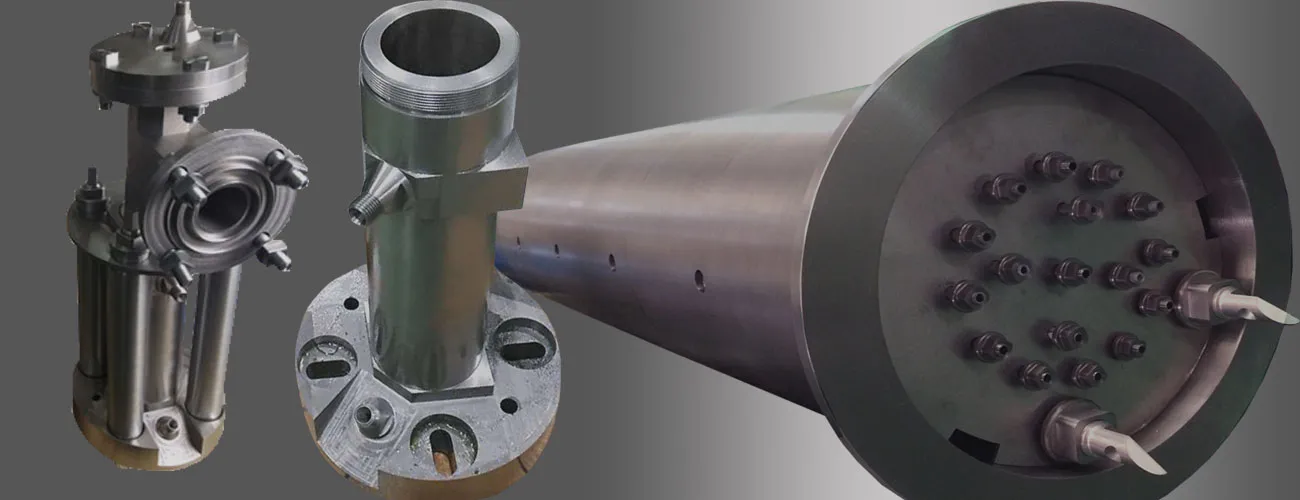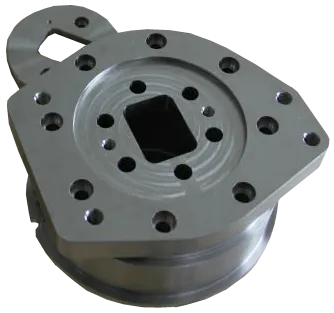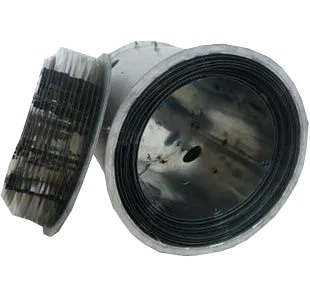Ordering products/services
Получить консультацию
Подробно расскажем о наших товарах, видах и стоимости доставки,
подготовим индивидуальное предложение для оптовых клиентов!
Задать вопрос
Подробно расскажем о наших товарах, видах и стоимости доставки,
подготовим индивидуальное предложение для оптовых клиентов!
Your name E-mail Phone
Your request
Sent






